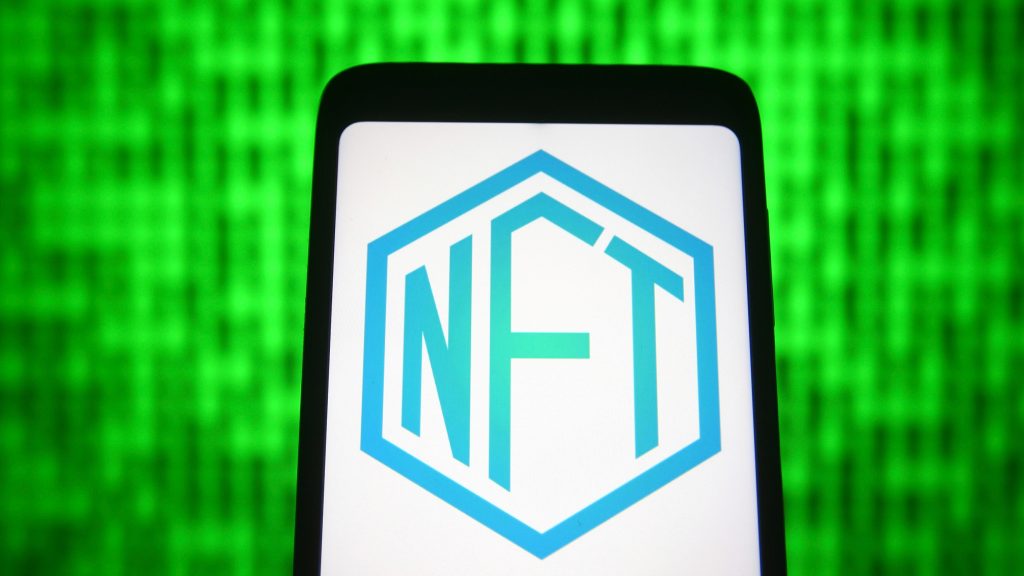NFTs are digital assets that exist on a blockchain. They are unique in that they can be owned and transferred independently of any other asset or currency. NFTs can represent anything from virtual objects to real-world assets.
NFTs work by storing the asset’s information on a blockchain. This information includes the asset’s unique identifier, as well as the rules governing its ownership and transfer. When you own an NFT, you are actually owning the information stored on the blockchain. This information can be accessed by anyone with access to the blockchain.
How do I Own an NFT?
Owning an NFT requires you to possess the private key that corresponds to the asset’s unique identifier. The private key is used to sign transactions that transfer ownership of the asset. As long as you have the private key, you will always be able to own the asset.
Can I Transfer NFTs?
Yes, you can transfer NFTs by signing a transaction with the private key that corresponds to the asset. The transaction will include the new owner’s public key, as well as the rules governing the transfer.
What are some examples of NFTs?
Some popular examples of NFTs include Crypto Kitties, Decentraland, and Gods Unchained. These games use NFTs to secure in-game assets. Another example of an NFT is a deed for real estate. The specific information stored on the blockchain would include who owns the property, how much they paid, and what taxes are due each year.
What happens when I transfer ownership of an asset?
When you transfer ownership of an asset, you are submitting a transaction to the blockchain. This transaction must be signed using the private key that corresponds to the asset’s unique identifier. This is what ensures that only the owner can transfer it.
Before sending this transaction, you will need to make sure your new public key is set as the recipient of any future transactions involving the asset. This can be done by adding it to the asset’s information on the blockchain.
What is an example of an NFT use case?
One example of an NFT use case is digital art. Artists can create unique pieces of art and sell them through online galleries. These pieces of art can be crypto collectibles, meaning that each piece is linked to a unique identifier on the blockchain. The artist can then link their public key as the owner of these unique identifiers.
Anyone can submit a transfer transaction for an artwork crypto collectible after signing it with the corresponding private key. This ensures only the true owner of an artwork crypto collectible can submit a transaction to transfer it.
What are some drawbacks of NFTs?
One downside of using an NFT is the need to keep your private key secure. If this private key is lost or stolen, you will not be able to access the asset and you will lose ownership of it. Additionally, if someone gains access to your private key, they will be able to transfer the asset out of your control.
Another downside of NFTs is the fact that they are not yet widely accepted. This means that it can be difficult to find places to spend or use them. However, this is quickly changing as more and more businesses start to accept NFTs.
